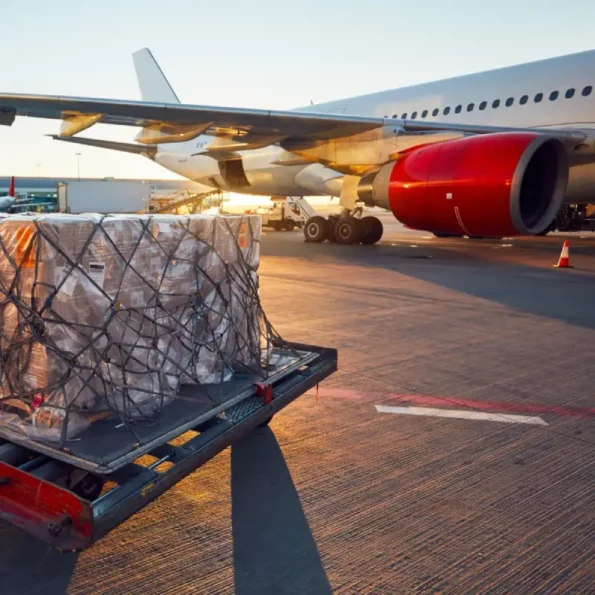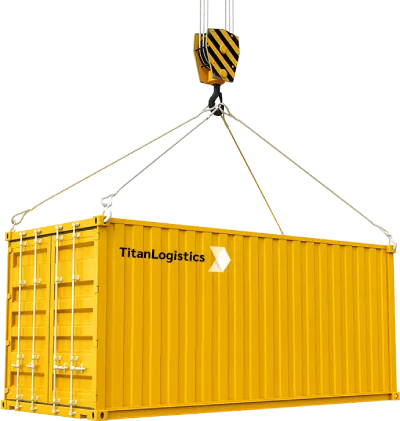
Navigating the Waves
Sea Freight Patterns in a Global Context
Global events exert a significant influence on sea freight patterns, contributing to shifts in demand, trade routes, and the overall landscape of maritime logistics.
- Economic Downturns: During economic downturns, sea freight often experiences a decrease in demand as businesses adjust their production and consumption patterns. Reduced economic activity may lead to lower cargo volumes and altered shipping routes.
- Political Instability: Political events, such as trade disputes or geopolitical tensions, can disrupt established sea freight patterns. Changes in trade agreements and tariffs may redirect shipping lanes and impact the flow of goods.
- Natural Disasters: Environmental events, such as hurricanes, earthquakes, or tsunamis, can disrupt sea freight routes, damage ports, and lead to delays in shipments. The aftermath of such disasters may necessitate adjustments in logistics strategies.
- Pandemics: Global health crises, like the COVID-19 pandemic, can trigger fluctuations in sea freight patterns. Lockdowns, restrictions, and shifts in consumer behavior directly impact the types and volumes of goods being transported.
- Technological Advancements: Technological innovations, such as the development of more fuel-efficient vessels or advancements in container tracking systems, can influence sea freight patterns by improving efficiency and reducing transit times.
- Market Trends: Changes in consumer preferences, industry trends, and market demands also play a role in shaping sea freight patterns. The rise of e-commerce, for example, has led to increased demand for certain types of goods and altered shipping requirements.







